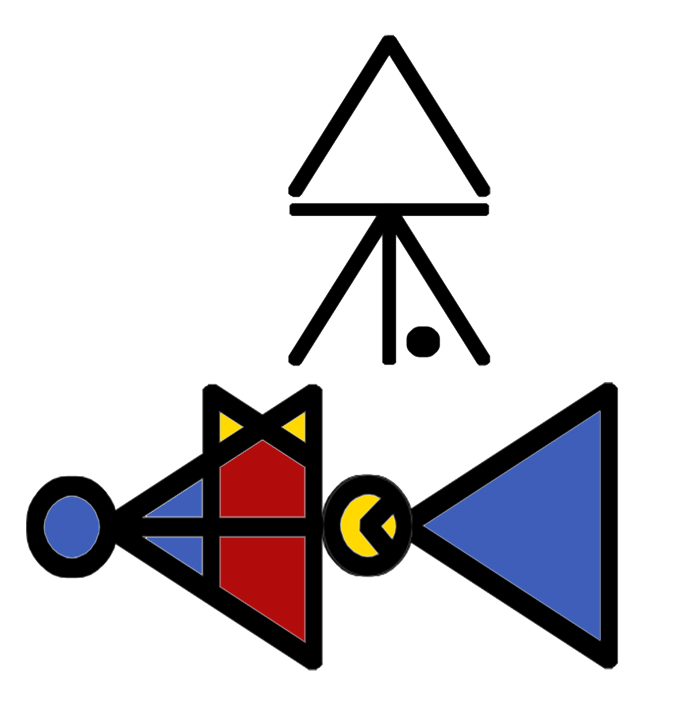UBUNGXENYE (Parthood)
This is a practice to reorganise the archive. The principles of meronomy as a cognitive semantic map could change the way it is imagined. We want to explore ways of going about this as an alternative typological system for organising knowledge.
This could be seen as an experiment to test how one would illustrate a meronomic typology (as opposed to a taxonomic typology), of the diversity of language in Azania, and whether that might result in a different experience of the construction and use of the archive. This might result in a rhizomatic form, say, that may effect novel epistemological pathways, developing a more intuitive or imaginative language knowledge archive, perhaps.
Through mapping this data, we will begin to re.member, and better understand how different ways of knowing translate into language tools for self-expression.
People
Chantelle Lue, is a communications strategist + creative producer from Manzini, eSwatin and based in London. Her core practice stems from an interdisciplinary background in architecture and new media. Interested in the notion of data healing, her research is concerned with collective infrastructures that are redefining knowledge production across the Global majority.
ߔߎ߯ߟߍ߫ ߞߊ-ߖߊ߬ߣߏ߬ߟߌ߲߯ߗߌ (Pule kaJanolintji), ngumcwaningi wolimi lwesiNtu nezabathwa, isazi somlando nemikhuba yokusetshenziswa kwezinkulumo zaseNingizimu, futhi umthuthukisi wezinhlelo zokuloba zezwekazi, njengesiBheqe Sohlamvu. Pule is a scholar of linguistics and a cultural historian of speech practices of Azania/!Naremâb, promoting writing systems of the continent, like N'Ko or Ditema tsa Dinoko script. His MA research describes South African cryptolects - secret forms of speech.

Isibheqe Sohlamvu typography by Pule kaJanolintji (April 12th 2021)
